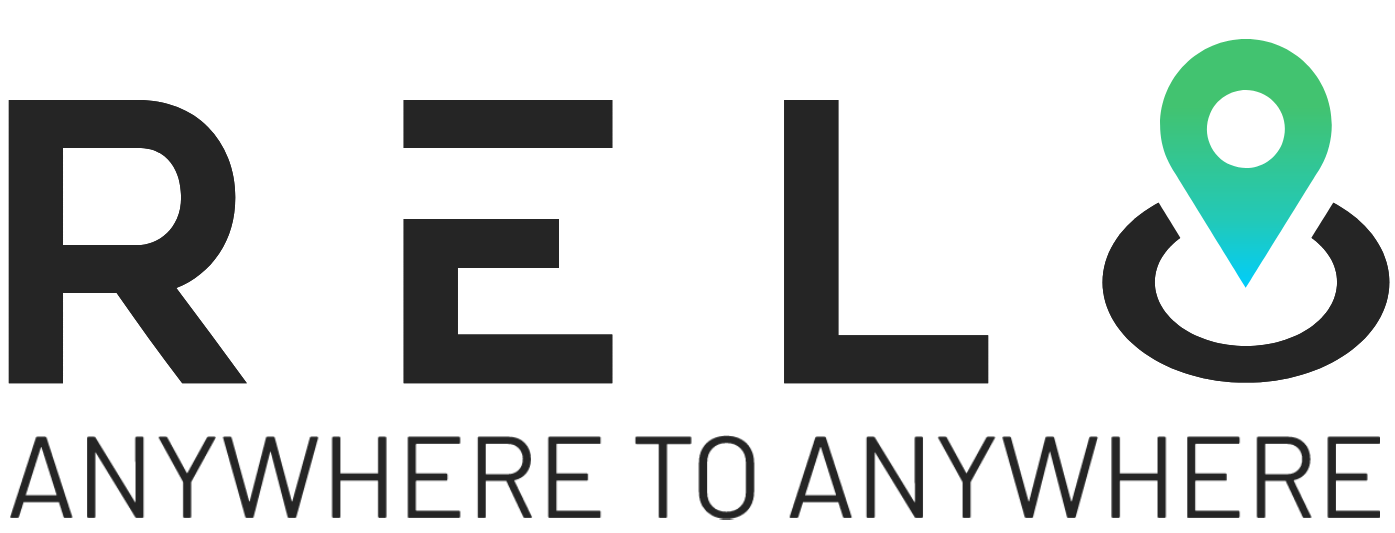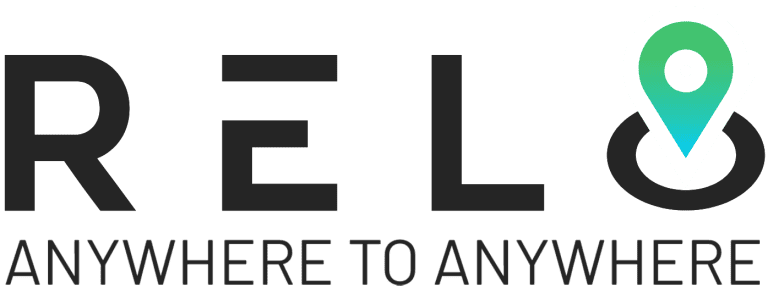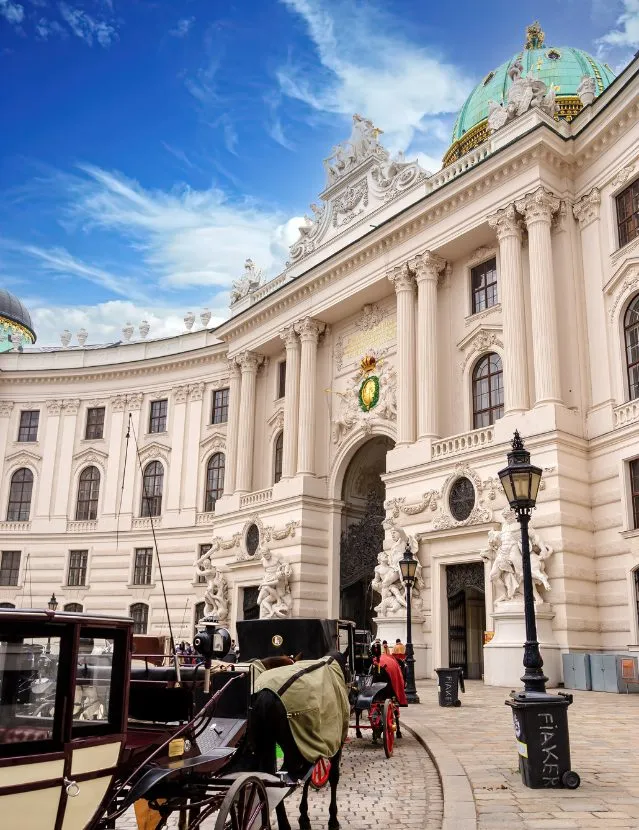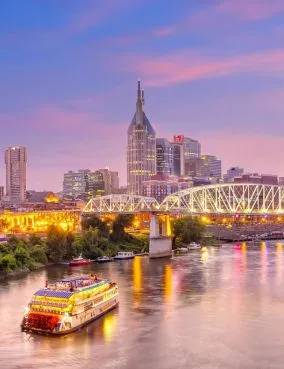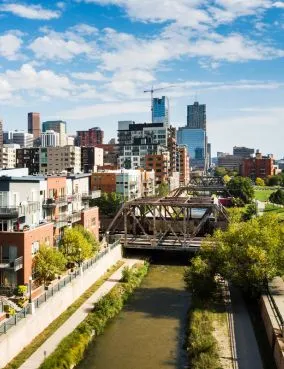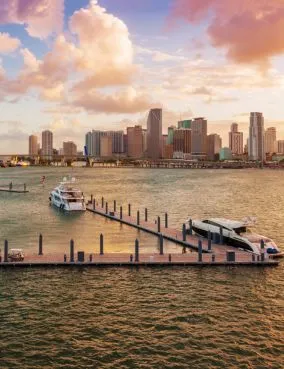There was a time when success meant a long commute. A downtown office and a car in the driveway completed the picture. That equation no longer holds. Proximity is power, and 15-minute cities are making it official. These are not futuristic urban theories. They are neighborhoods where everything needed is walkable or bikeable. Long drives are gone. The daily grind is over. It’s just a lifestyle built around local access and time well spent.
Remote professionals, in particular, are driving this shift. When work no longer ties people to a single address, quality of life moves to the front of the line. It is about reshaping it. Developers are responding. So are city planners.
In this new landscape, walkability is no longer a footnote. It is the foundation. The 15-minute city model is not a niche idea. It is now the new definition of urban luxury.
The Real Barriers to Building 15-Minute Cities
Building 15-minute cities is not a matter of drawing circles on a map. It is a layered challenge with old systems pushing back. Zoning laws in most cities divide areas into strict categories such as residential, commercial, and industrial. This setup works against walkability. Add resistance from residents wary of density, and progress moves slowly. Infrastructure takes time. Policies need updating. And not every city has the bones to support this transformation.
There is also a cultural gap. Many grew up equating success with distance, long drives, big homes, and isolation. Reversing that mindset takes more than good design. It requires proof that living locally can work better. And then there is cost.
The convenience of a walkable lifestyle often comes with higher rent or real estate prices, creating another barrier. Still, the demand is growing. Cities must choose to adapt or risk being outpaced by those that already have.
? Related – The 10 Best Cities To Move To In 2025
Urban Lifestyle Rebuilt for Remote Work
Remote professionals are not looking for downtown towers. They want cities that function on foot. The 15-minute city concept fits this mindset perfectly. If your job no longer requires an office, your priorities change. It is not about square footage or highway access. It is about how easily you can move through your day on foot, by bike, or with a quick trip to the corner shop.
The design of these remote work communities favors mixed-use layouts. That means residential above retail, small coworking hubs integrated into neighborhoods, and public transport options that link but do not dominate. Without the daily commute, routines shift. A walk to a coffee shop replaces the morning traffic jam. A lunch break in the park replaces the office kitchen. The right neighborhood becomes your campus.
While remote work made this model more visible, the appeal reached beyond it.
Retirees, families, and freelancers ask the same question: What can I get in 15 minutes?
Real Estate Trends in Walkable Communities
Properties inside command attention and price. What was once a perk has become a requirement. Buyers and renters are scanning for walkability scores, nearby essentials, and community amenities. This shift is rewriting the real estate playbook.
Developers are adjusting. Instead of building out, they are building smarter. Multi-use developments are no longer a concept. They are strategy. Retail units on the ground, homes above, and shared spaces around form the structure that delivers value in compact zones.
Investors are following this trend. Rental yields improve in walkable neighborhoods. So does retention. People stay longer when their needs are close and their quality of life is high. Local businesses thrive. Traffic reduces. Civic pride builds.
In short, 15-minute cities are not only shaping how people live. They shape where the smart money is going.

?♀ Also read – Why Hyperlocal Real Estate is the Biggest Shift in the Housing Market
What Makes a 15-Minute Neighborhood Work
A buzzword without structure is meaningless. What gives 15-minute cities their shape is not just the sidewalks or storefronts. It is an ecosystem built with intent. Local needs lead the design. Essentials like grocery shops, pharmacies, and schools come first. Healthcare access, libraries, fitness, and public spaces follow. However, the success of the model depends on the diversity of services. A local cafécafé, coworking space, small clinic, and park are within reach of the framework.
Public transport supports but does not dominate. The point is that you should not need to leave your neighborhood for daily life. If you do, the connections should be seamless. Bike lanes, pedestrian paths, and basic transit complete the system.
This balance of independence and access gives the neighborhood depth. It also strengthens resilience. Communities that rely less on cars recover faster and age better.
How Lifestyle Priorities Flipped the Script
The word “local” once implied limits. Today, it signals better choices. In 15-minute cities, local does not mean small. It means smarter. People began choosing homes near farmers’ markets, gyms, and walkable schools. Then, remote work accelerated the shift.
Workers no longer wanted to spend hours commuting when work and wellness could happen in the same place. In many surveys, walkability now ranks higher than square footage. Shorter distances mean more time. More time means less stress. That trade-off is changing lives.
It is not a rejection of city life. It is a refined version of it. A walk to the bakery beats a highway onramp. The life people want is not far away. It is right outside their door.
Key Elements That Define the Model
15-minute cities rely on specific layers of access. When these align, the model works. These elements support moving from car-centred development to a walkable, self-sufficient lifestyle. Each layer plays a distinct role in ensuring livability, convenience, and cohesion within a compact urban footprint.
When cities get these fundamentals right, the benefits extend across generations. It is not just urban planning. It is quality of life, built in.
Take a look at the access layers below –
1. Essential Services
Essential services include grocery stores, clinics, pharmacies, and childcare facilities. Cities also need banks, post offices, and community health centres within reach. Add in recycling stations and local repair shops, and the basics of everyday life stay within walking distance. These core services form the backbone of a neighborhood that truly supports daily living.
2. Workspaces
Workspaces go beyond coworking spots and public libraries. Internet cafés, business lounges, and startup incubators offer flexible options. Tech hubs and quiet zones support productivity without the need for long commutes. Virtual workspace tools extend that flexibility for remote teams and freelancers, making collaboration possible from anywhere.
3. Mobility
Mobility is more than sidewalks and bike lanes. Transit must include shuttle loops, scooter routes, and rideshare access. Infrastructure like EV charging stations and covered bus stops makes moving around easier and cleaner. Reliable, accessible mobility ensures every resident can stay connected without relying on a personal car.
Recommended read – Why Global Talent Mobility is Essential for Your Business in 2025
4. Education
Education starts with nearby primary schools and tutoring centers. It includes preschools, adult learning programs, and vocational training. STEM labs and after-school hubs keep learning local and accessible. Communities make lifelong education possible by embedding local resources.
5. Public Spaces
Public spaces include parks, plazas, walking trails, and gardens. Community centers, waterfront walks, and open-air gyms offer ways to connect and recharge. Civic lawns and shaded seating make room for daily pauses. These shared environments strengthen social ties and support mental well-being.
6. Shops and Culture
Shops and culture add life to local boutiques, theatres, cafés, and galleries. Artisan markets, food stalls, and cultural events create a rhythm unique to each neighborhood. A street café becomes more than a spot. It becomes part of the day. Vibrant public life depends on places encouraging gathering, conversation, and shared experience.
Cities Leading the Way to Smarter Living
Paris brought 15-minute cities into the spotlight with policy-driven changes. From car-free zones to community hubs, the transition is in motion. The city plans to convert 60,000 parking spots into green or pedestrian spaces and add 180 new school streets. Melbourne introduced 20-minute neighborhoods as part of its Plan Melbourne 2017 to 2050. It aims to reduce car dependency for over 5 million residents.
Portland is retrofitting car-based layouts, with more than 30% of residents living in walkable areas. Barcelona has built over 500 superblocks, drastically reducing traffic and increasing local gathering spaces. New York is reimagining curb space, adding over 400 miles of bike lanes and expanding outdoor dining and pedestrian zones.
In Asia and South America, similar models are taking shape. Seoul converted entire highways into public parks. Bogotá closed more than 75 miles of streets every Sunday for pedestrian use. By contrast, many North American suburbs remain gridlocked and disconnected. But pressure is building.
Mid-sized cities with vacant malls and flexible zoning are stepping up, with over 63% of United States millennials stating they prefer walkable communities over car-centric sprawl.
These are not experiments. They are the new urban standard. And they are becoming magnets for the next generation of mobile professionals.
Why Proximity Became the New Status Symbol
The wealthy once reserved convenience through penthouse views, concierge service, and door-to-door drivers. Today, people redefine convenience. Walking to the grocery store, taking a quick stroll to the park, or getting coffee without a car is what people now consider true luxury. The value has shifted from size and separation to access and time saved.
This cultural shift is not rooted in trend. It is grounded in practicality. Proximity reduces stress, increases productivity, and reclaims lost hours. In 15-minute cities, it is not about having more space. It is about having more life in the space already lived in.
A 2023 National Association of Realtors survey found that 78% of homebuyers ranked walkability as a top priority more important than home size or lot value.
Planning Cities for the Next Generation
Young professionals and first-time homebuyers avoid gated communities and far-out suburbs. They are looking for places to walk, connect, and belong. Parks over parking lots. Cafés over cul-de-sacs. Urban vibrancy over isolation. The next generation is asking different questions like What’s near? Can people live, work, and relax without traffic? Is the community built for humans or cars?
Urban planners and developers who know this are winning the future. Cities that get walkability rights are not only healthier but also more sustainable. They are also more attractive to talent, investment, and long-term growth.
Wrap Things Up!
15-minute cities are not theory. They are the correction. For years, cities stretched outward and prioritized the car. Now, the momentum is returning to the centre, human scale, local rhythm, and a more grounded version of modern life. This approach rejects megaprojects and skyline bragging rights. It saves time, reduces stress, and restores quality of life.
People are not chasing more. They are choosing better. And cities that recognize this are not only creating livability. It is becoming a destination for the future.
Relocate to Where Life Works Better
The era of endless commutes and sprawling cities is fading. What rises in its place is brighter, tighter, and more intentional. 15-minute cities are not an experiment. They are the answer.
At Relo.AI, we help individuals and investors align with this new rhythm.
If you are relocating for lifestyle, flexibility, or access, we make the process seamless from start to finish.
When the neighborhood works, everything else follows. The future is local.
Let’s help you get there. Book your session now.
